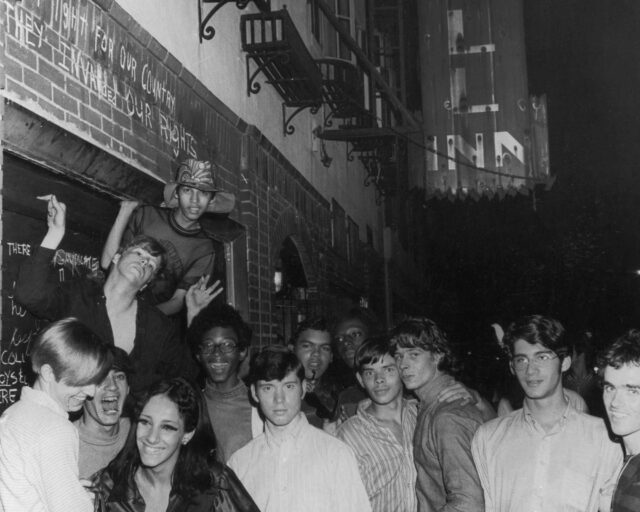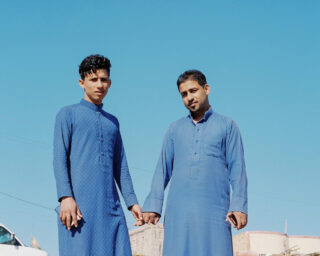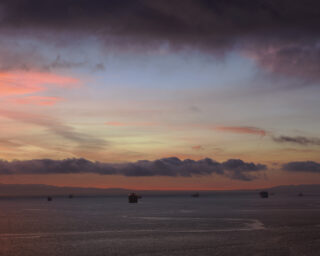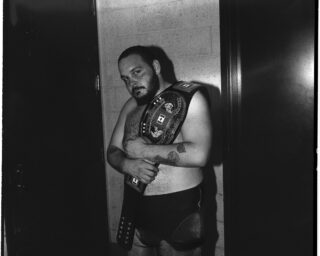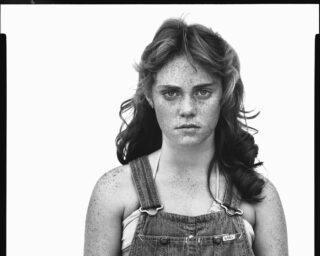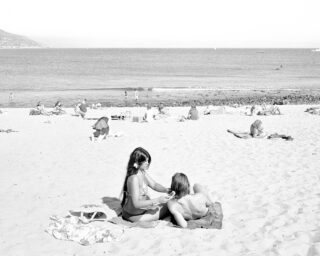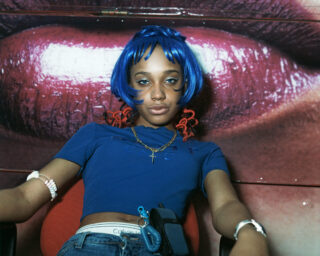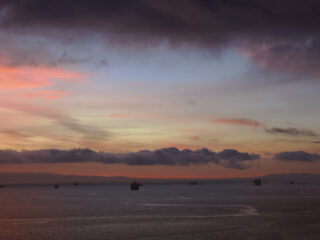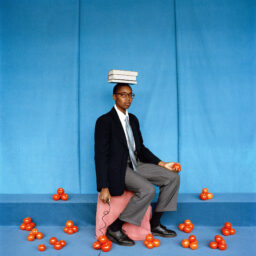What It’s Like to See Photographs Again
Awol Erizku, Malcolm x Freestyle (Pharaoh’s Dance), 2019–20
Courtesy the artist and FLAG Art Foundation
Earlier, the air had turned against us. This was a year of interrogating the we and decentering the I. Removing one’s body from the public, yet putting it on the line to fight for the safety of others. A loneliness so physical it could be mistaken for an illness amid a virus so codependent, it could only thrive in groups.
This was also a year of endless images. In the spring, the shuttered art-institutional complex tried out online viewing galleries, but interest in those murky spaces burned off in the summer’s incandescent rage at institutions—art and otherwise—and their complicity and passivity in the face of injustice. The galleries, and their patrons, soon decamped to greener pastures in Miami and the Hamptons.
Instagram took over. Which of your friends were secretly rich? Which of your protest photos might be used by cops to geolocate, to track and imprison (or worse) Black Lives Matter organizers? Did you notice how many men who once posed by themselves on the piers of the Scruff grid had paired up? Had everyone moved Upstate?
I mostly yearned. I longed to pay too much for a coffee and take it to Chelsea, Bushwick, Tribeca, the Met. I missed art in the flesh. On screen, photos I admired paled—no, just seemed to vanish—if scrolled next to, say, Erin Schaff’s photo for the New York Times of ghoulish Christianists laying hands on the door of the U.S. Supreme Court as the late Ruth Bader Ginsburg lay in state, a single mourner writhing on the marble before the prayer warriors in a pitiless pietà. It was impossible to look away.

Courtesy the artist and Lubov, New York
But one bright morning this fall, I packed a tote with masks, rubber gloves, and hand sanitizer, and then risk-managed a subway ride. I made a deal with my body to shut down, so as not to risk “toilet plumes,” and with my heart to not forget—whether I ran into friends (straining to feel carefree as I was), or whether I might cruise (in this climate, sure), or indulge in a drink at a queer bar—that I was on my own, outside, six feet and in every other way distant from the world. Where’s the frisson for a flaneur?
I began at Lubov, Francisco Correa Cordero’s small white box in Chinatown. Cordero greeted me warmly, then sat masked at a laptop; I had not been in a room with a stranger in months, and I found myself distracting. The photographs by Jenna Westra—a mix of gelatin-silver and color-pigment prints of mostly women’s bodies draped around each other, tenderly cropped—seemed performatively intimate. And more so as Cordero explained these subjects were strangers to Westra, solicited on Craigslist and given ambiguous texts to express. They met her as I had met Cordero, by appointment. I had forgotten that sometimes productive, but often irritating aspect of viewing actual objects: you see yourself reflected in them. A bit melancholy, I fell hard for Park Picture (Les Fleurs) (2020), a photo Westra took from a distance of strangers embracing in the park. The 800 ISO film is enlarged into grains so thick you could chew them; the woman wears a scrunchie around her wrist with a sentimentality that got stuck in my throat. Imagine embracing your lover on a warm day, leaving your hair untied, a stranger capturing and mounting the image elsewhere later.

Courtesy Daniel Cooney Fine Art
At Daniel Cooney Fine Art, in Chelsea, two very good dogs growled curiously at me from behind their little gate, as I walked around the Christopher Makos show Dirty. Talk about caged animals: Makos’s early ’80s portraits of Debbie Harry barely contain her charisma, not to mention the contents of Kevin Kendall in Red Bikini (1986). I could have stared at Keith Haring and Juan Dubose at the Piers (1980s) for hours; the lovers’ affection and ambition seem to spurt from the Hudson River like waterworks. (On the other hand, I sort of feel like I could use a full decade free of Warhol and his aspirational blankness.) Makos’s collages, in the flesh, were surprisingly bittersweet. Four prints of the bodybuilder Johnny Germain were stitched together in squares like the back pockets of the 501s he decidedly was not wearing. Several later images, of pearl necklaces and pistols, amused me with their allusions to sex and violence, until I thought of how they were quilts, of a kind, and of loss. I petted the dogs and left.
Ruminating on mortality is a reasonable pastime these days, but if I was out in the city, I wanted a bit of spectacle—and the FLAG Art Foundation delivered. After a welcome bit of COVID theater—the temperature gun to the head, the waiver questionnaire—Awol Erizku’s Mystic Parallax offered a riot. Incense burned, and had burned paper into drawings; and Christian Scott’s soundtrack bumped through speakers, while a disco ball busted into the form of Nefertiti spun and flared. Erizku’s photos appeared variously as vivid chromatic prints and ghostly light boxes. (I wouldn’t swear that an ivory horse in one didn’t move.) Hollywood prop guns kept popping up—offered like the fabled Big Black Cock or a piece of camera equipment in one diptych, and like a flashlight or the weapon it pretends to be in another. The lifestyle magazines that commissioned some work stood like patron plaques in a nook. It all felt immediate and temporal, hilarious and furious, heavy as the symbolism in an Old Master painting and the bass of an 808.

Courtesy the artist and FLAG Art Foundation
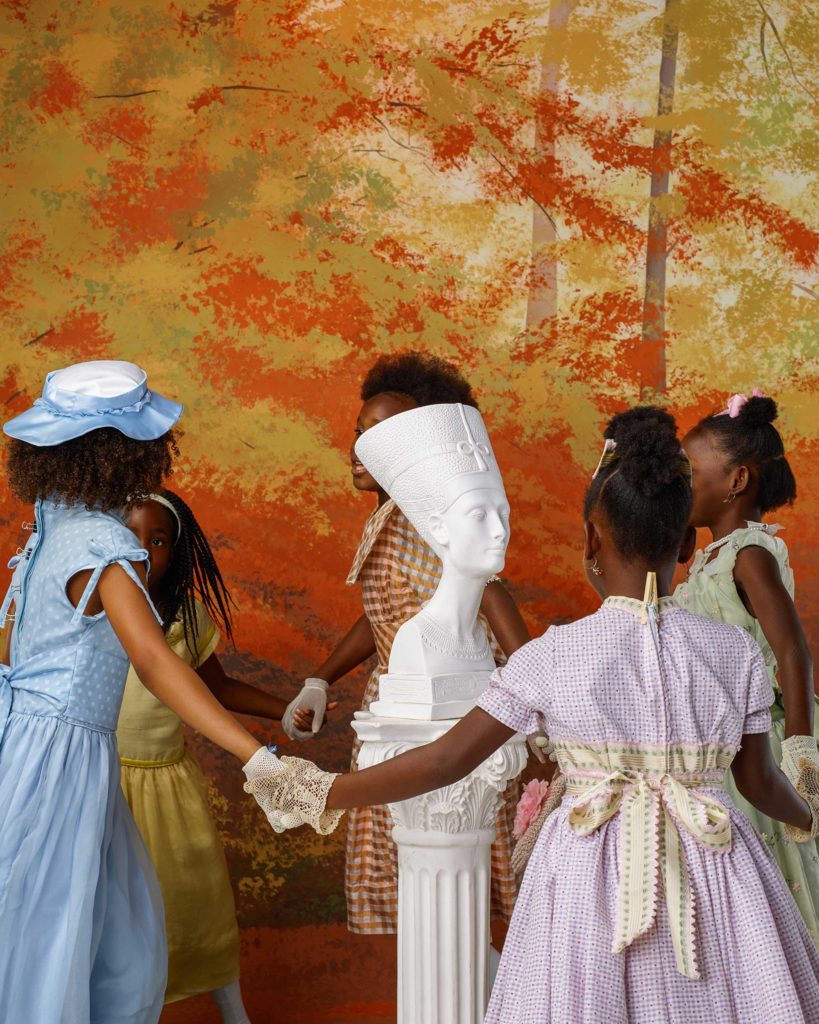
Courtesy the artist and FLAG Art Foundation
The beleaguered Whitney Museum had enough theatrics for Broadway: branded signs everywhere of what to do with your body (“Wash hands frequently. Cover your cough.”), as many staff members sanitizing surfaces as timed guests in the galleries, a reconfigured circulation route that dumped you before an unmarked door at the end of your trip. Getting lost in a museum rarely felt so potentially terminal. But the diminutive Tina Modotti photographs included in the show Vida Americana: Mexican Muralists Remake American Art, 1925–1945 felt as enormous as the murals. Their elegant form and impassioned antifascism felt more in keeping with recent Instagram trends than a selfie in front of the Diego Rivera. Elsewhere, a grid of William Winter’s moody, almost elegiac Camera Studies of the Whitney Museum of American Art (ca. 1933) offered looks into the Whitney’s previous life. After the Met refused Gertrude Vanderbilt Whitney’s art collection, she built a museum of her own, “with brightly colored walls and domestic furniture,” per the wall text, though the photos are mostly light and shadow. It’s a long way from $40 branded face masks and former board members profiteering from tear gas.

Courtesy Throckmorton Fine Art, New York
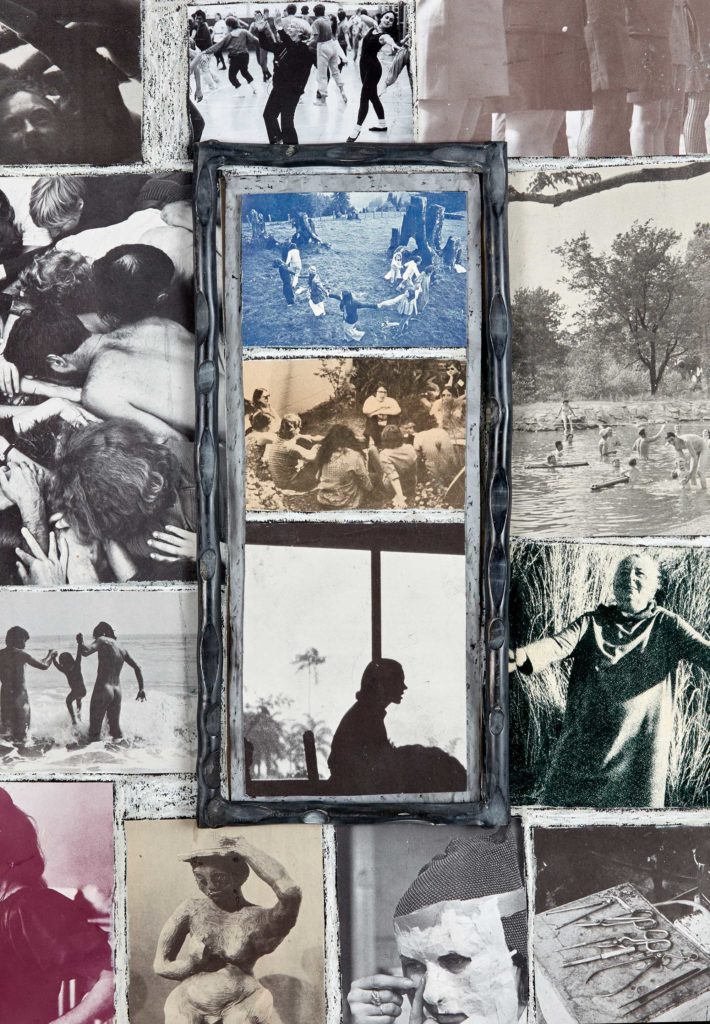
Courtesy the artist and Fortnight Institute
From Gansevoort Street, I wandered over to Julius’ where, in a bit of queer magic, a friend who lives down the road from me deep in Brooklyn was seeing off another friend. But even at Julius’, one needs a reservation, so I went home, cut the elastics off my paper mask, and took a long shower. The next morning, I walked for hours through Brooklyn, until I located Fortnight Institute’s current home in an enviable Columbia Heights apartment. There, Carmen Winant’s show Togethering offered one of the most profound experiences I’ve had in the pandemic.
Winant’s photo collages depicted instances of intimacy, funny and generous and kitschy and strange. People held each other in birth and rebirth, in ecstatic communion. They altered themselves to become themselves. The otherwise mostly-empty room of the home gallery was bedecked with strands of feminist history, alternative spirituality, politics; the personally erotic and the politically nostalgic weaving in my head and heart like a Senga Nengudi sculpture. Their frames—some with ridges and some with trompe l’oeil painted borders—must be seen, off-screen, to be believed. I thought of those old multiphoto wall displays of many shapes my parents filled of images of me and my grandparents. When would I see them again? I thought of an Instagram scroll molten, discarded. I wanted to meet every person Winant introduced with such kindness to me. I felt, for a vanishing moment, unalone.












